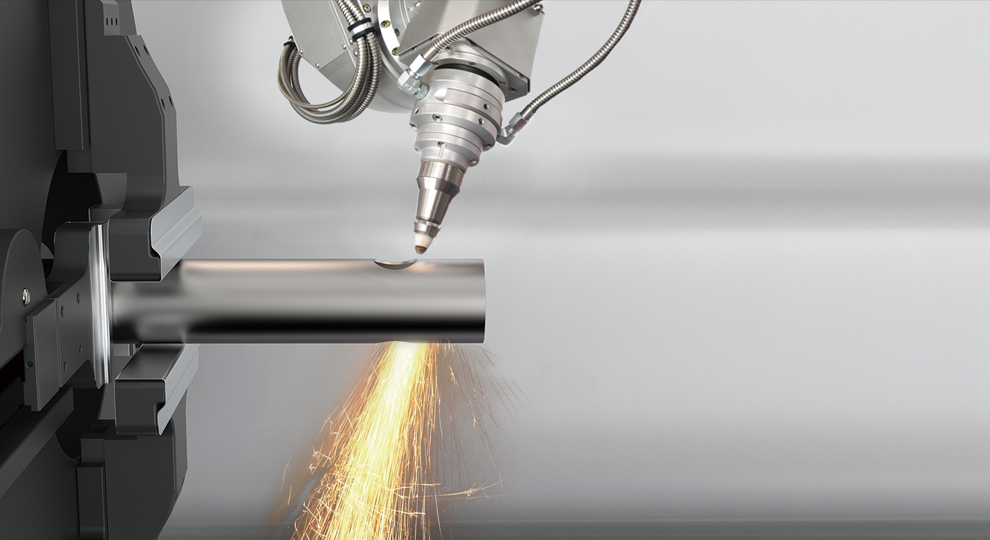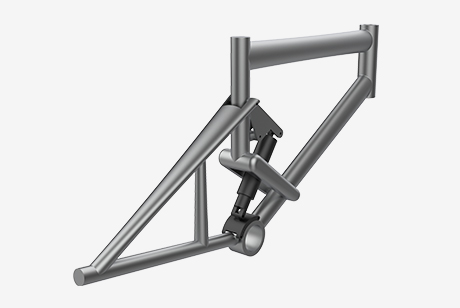Precision at Speed: Laser Cutting Machines
In the manufacturing industry, precision and speed are key factors that influence the success of a business. Over the years, laser cutting machines have proven to be the go-to solution for manufacturers looking to optimize their operations. This article explores the evolution of laser cutting machines, how they work, the materials they can cut, and the benefits they bring to the manufacturing process.
1. Faster, Better, Stronger: The Evolution of Laser Cutting Machines

The history of laser cutting machines can be traced back to the 1960s, when the technology was first developed for industrial use. Since then, there has been a dramatic improvement in laser cutting machines, with faster cutting speeds, increased power, and better precision. Today’s machines are much more efficient, and they can handle a wider range of materials, including metals, plastics, and wood.
One of the major driving forces behind the evolution of laser cutting machines is the demand for more efficient manufacturing processes. Manufacturers are under constant pressure to produce high-quality products faster, and laser cutting machines are a key tool in achieving this goal.
2. The Art and Science of Precision: How Laser Cutting Machines Work
Laser cutting machines use a high-powered laser beam to cut through materials with precision. The laser beam is directed by a computer-controlled system that follows a pre-determined cutting pattern. As the laser beam moves along the material, it vaporizes it, leaving a clean and precise cut.
The precision of laser cutting machines is due to the fact that the laser beam is extremely focused, with a diameter of less than a millimeter. This means that the laser can make very small cuts, and it can follow intricate patterns with ease. Additionally, laser cutting machines can cut materials with complex shapes, making them an ideal solution for manufacturing processes that require high precision and accuracy.
3. From Metal to Wood, and Everything in Between: What Materials Can Be Cut by Laser Machines?
Laser cutting machines can cut a wide range of materials, including metals, plastics, wood, and textiles. The type of material that can be cut depends on the power of the laser, the type of laser used, and the thickness of the material.
One of the biggest advantages of laser cutting machines is that they can cut through thick materials with ease, which is particularly important in industries such as automotive and aerospace, where heavy-duty materials are commonly used. Laser cutting machines can also cut through very thin materials, making them an ideal solution for producing delicate components such as parts for medical equipment.
4. The Benefits of Laser Cutting Machines: Why They Are the Future of Precision Manufacturing

Laser cutting machines offer numerous benefits for manufacturers. These benefits include:
- Efficiency: Laser cutting machines are much more efficient than traditional cutting methods, which means that manufacturers can produce more products in less time.
- Precision: Laser cutting machines offer unparalleled precision, which is essential for manufacturing processes that require high accuracy and attention to detail.
- Versatility: Laser cutting machines can cut a wide range of materials, which makes them an ideal solution for a variety of industries.
- Clean cuts: Laser cutting machines produce clean cuts, which means that there is less waste and less need for post-processing.
In short, laser cutting machines are the future of precision manufacturing, and they are transforming the way products are manufactured.
5. The Role of Technology in Boosting Productivity and Quality in Laser Cutting
The rapid evolution of technology is playing an important role in boosting the productivity and quality of laser cutting machines. For example, the development of 3D printing technology has enabled manufacturers to create more complex parts and components, which can then be cut using laser cutting machines with greater precision.
Other technological advancements that are improving the efficiency of laser cutting machines include the use of artificial intelligence, robotics, and automation. These technologies are making manufacturing processes more streamlined, efficient, and cost-effective, which is essential for staying competitive in an increasingly crowded market.
6. Keeping Up with Customer Demands: The Competitive Advantage of Laser Cutting Machines
Manufacturers are under constant pressure to meet customer demands for high-quality, low-cost products. Laser cutting machines offer a competitive advantage by enabling manufacturers to produce complex products with high precision and accuracy.
Laser cutting machines also offer manufacturers the ability to quickly adjust to changing customer demands. For example, if a customer requests a change in the design or specifications of a product, the laser cutting machine can quickly adapt to the new requirements, allowing the manufacturer to meet the customer’s needs without incurring a significant delay or cost.
7. Significance in Modern Industries
- Manufacturing: Laser cutting machines are widely used in manufacturing processes to cut, engrave, and mark various materials, including metals, plastics, and composites. They enable the production of intricate components with tight tolerances, reducing waste and increasing efficiency.
- Aerospace: The aerospace industry relies on laser cutting for precision parts used in aircraft and spacecraft. Laser-cut components must meet stringent safety and performance standards, making precision crucial.
- Automotive: Laser cutting plays a crucial role in automotive manufacturing, where components need to fit perfectly to ensure vehicle safety and performance. Laser-cut parts are also used for aesthetics and branding.
- Medical Devices: Laser cutting is used in the production of medical devices and implants, where precision is vital for ensuring proper functionality and patient safety.
- Customization: Laser cutting machines are also popular for customization in various industries, such as signage, jewelry, and promotional products. Their ability to create intricate designs on demand makes them valuable for personalized items.
8. The Future of Manufacturing: Innovations in Laser Cutting Technology
The future of manufacturing is closely tied to the evolution of laser cutting technology. As the demand for precision and efficiency continues to increase, manufacturers will continue to rely on laser cutting machines to meet these demands.
Some of the latest innovations in laser cutting technology include the development of laser cutting machines that can cut through thicker materials, the integration of artificial intelligence and machine learning, and the use of robotics and automation to streamline the manufacturing process.
Conclusion
Laser cutting machines are an essential tool for manufacturers looking to produce high-quality, precise products faster and more efficiently. With advances in technology, laser cutting machines are becoming increasingly versatile and can handle a wider range of materials and cutting requirements. As the demand for precision manufacturing continues to grow, laser cutting machines will play an even more important role in the manufacturing process.


